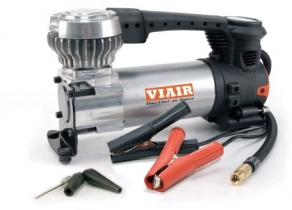-
Welcome to Tacoma World!
You are currently viewing as a guest! To get full-access, you need to register for a FREE account.
As a registered member, you’ll be able to:- Participate in all Tacoma discussion topics
- Communicate privately with other Tacoma owners from around the world
- Post your own photos in our Members Gallery
- Access all special features of the site
Best mods to increase Mileage?
Discussion in '2nd Gen. Tacomas (2005-2015)' started by Steven, Feb 28, 2012.
Page 5 of 7
Page 5 of 7


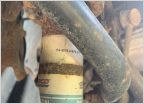 Suspension help
Suspension help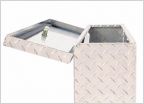 Sooo, I was looking on Amazon.c0m and.....
Sooo, I was looking on Amazon.c0m and.....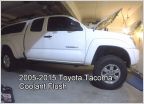 2008 Tacoma Drain and Fill - Burping??
2008 Tacoma Drain and Fill - Burping??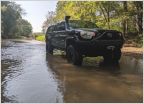 Snorkel
Snorkel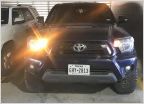 Running day light
Running day light













